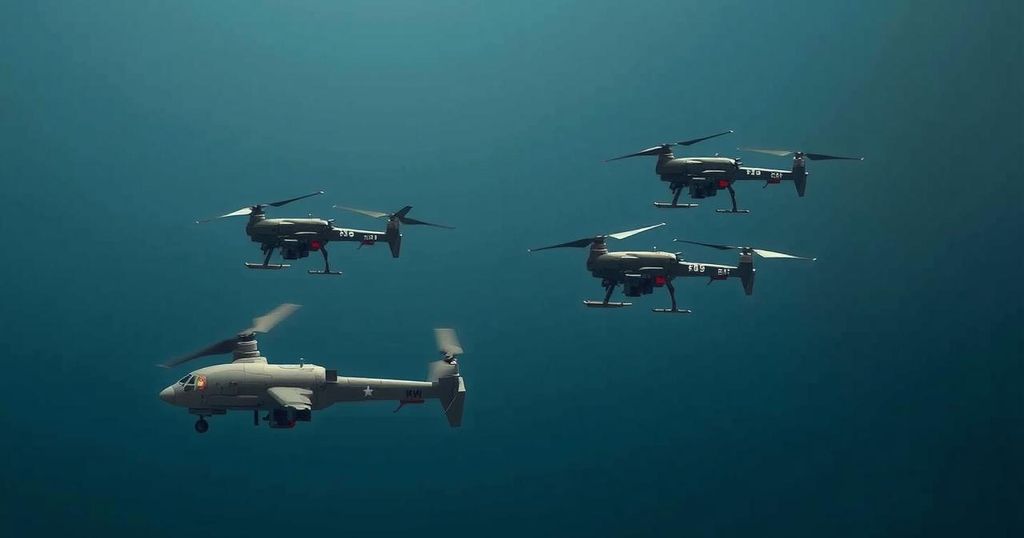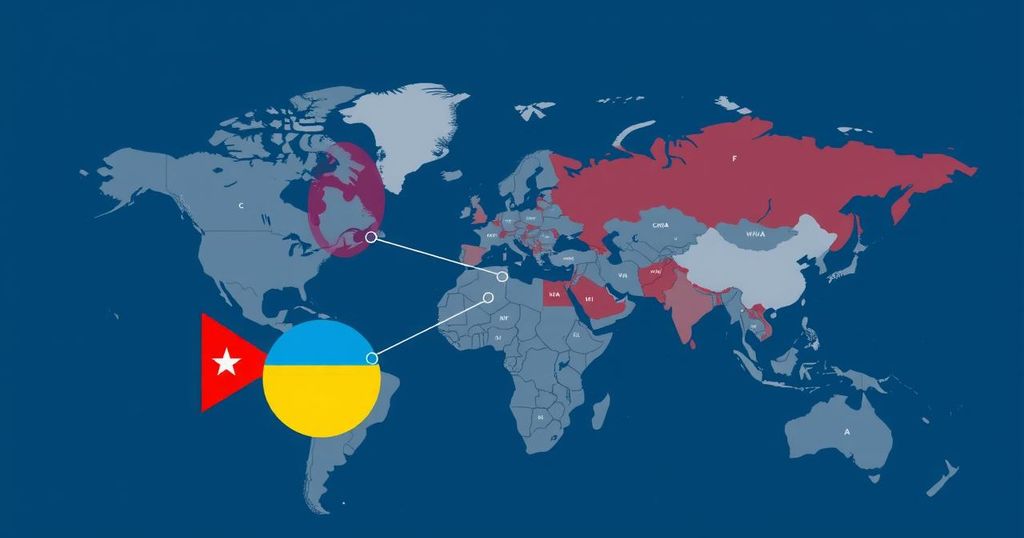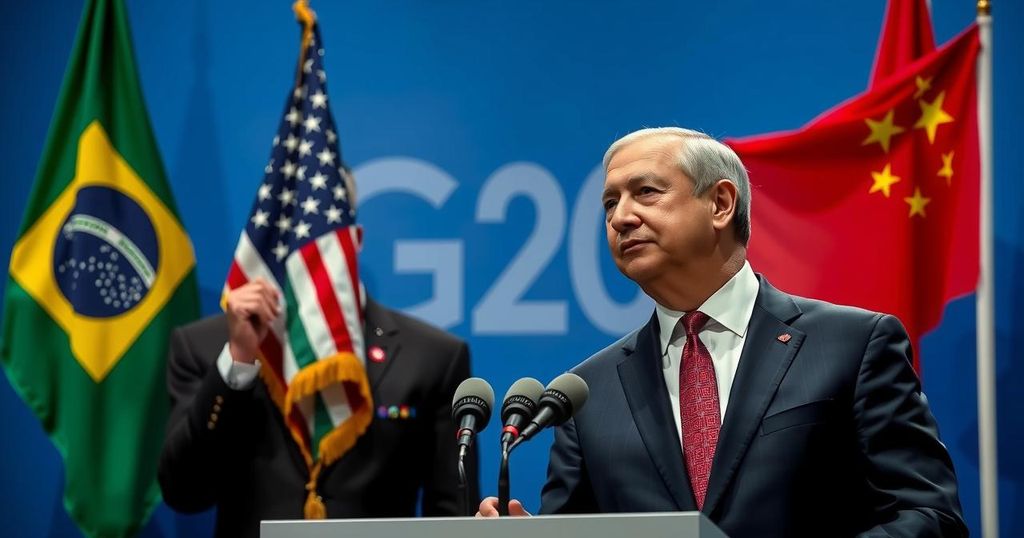U.S. Enhances Drone Warfare Training Amid Rising Tensions in the South China Sea
Summary
The U.S. Air Force has been conducting drone training for potential operations in the contested South China Sea, specifically through the “Reaper Smoke” competition that focused on simulated strikes at Mischief Reef. This initiative highlights the increasing military cooperation between the U.S. and its allies, such as the Philippines, amidst ongoing tensions with China, which claims most of the South China Sea.
The United States Air Force has disclosed that its drone units are undertaking preparations for an “unmanned” warfare strategy in the contested South China Sea amidst escalating regional tensions. The “Reaper Smoke” competition, which involved over 30 MQ-9 “Reaper” drone squadrons, was organized by the U.S. Air Force Special Operations Command (AFSOC) at Hurlburt Field, Florida, on September 5-6. According to a press release issued on September 11, the competition featured simulated missions targeting Mischief Reef, a strategically significant low-tide elevation within the Spratly Islands, currently controlled by China yet falling within Philippine economic waters since 1994. Open-source researcher IntelWalrus first highlighted the relevance of the South China Sea in the “Reaper” competition via a photo showing a map with Mischief Reef. The developments occur as the Philippines, a key ally of Washington, has experienced persistent confrontations with China regarding territorial claims in the area. Various nations, including the Philippines, assert claims over the Spratly Islands, while China claims nearly the entirety of the South China Sea. China has been increasingly expanding disputed islands through artificial land reclamation, including Mischief Reef, which has been significantly altered to encompass 1,379 acres. Lieutenant Colonel Rebecca Heyse, an AFSOC representative, stated in response to an inquiry from Newsweek that this annual event serves to unite MQ-9 squadrons across the force, engaging in various mission scenarios from diverse global locations. This year’s competition, held for the fifth consecutive time, aimed to refine the skills of the MQ-9 crews within varied mission contexts while fostering collaboration and the exchange of best practices among aircrews. The MQ-9 “Reaper” is primarily utilized for intelligence gathering, with capabilities also extending to strike operations. The remotely piloted aircraft is designed to execute strikes, coordination, and reconnaissance against high-priority, fleeting targets. Typically operated by a pilot and a sensor/weapons operator, the Reaper boasts a flight range of 1,150 miles and a payload capacity of 3,750 pounds, allowing for the deployment of armaments such as eight AGM-114 “Hellfire” missiles. During the Reaper Smoke competition, participants engaged in tactical scenarios lasting 30 minutes to gauge their operational abilities and decision-making skills. The event aims to bolster seamless communication among the personnel behind the controls. Furthermore, reports indicate that the U.S. Marine Corps has deployed an unarmed version of the MQ-9 to the Philippines, intended solely for intelligence, surveillance, and reconnaissance missions. This rotational deployment was initiated in response to requests from the Philippine government and aims to enhance intelligence-sharing efforts between the U.S. Indo-Pacific Command and the Philippine armed forces. Recently, China has also deployed drones, including a WZ-10 model, over the South China Sea, further complicating the regional security situation.
The South China Sea remains a critical geopolitical flashpoint primarily due to its abundant natural resources and strategic shipping routes. Tensions in the region have intensified as multiple countries, including China, the Philippines, Vietnam, and Taiwan, assert overlapping territorial claims, particularly over the Spratly Islands, which include Mischief Reef. For decades, China has undertaken significant measures to establish its dominance over the region, including reclaiming land and constructing military installations. This has prompted the United States to bolster its military presence and support its allies in the region, engaging in military training exercises and drone operations to deter potential aggression and maintain regional stability.
In summary, the United States Air Force’s recent “Reaper Smoke” competition underscores its commitment to enhancing drone capabilities in response to rising tensions in the South China Sea. As the U.S. military refines its unmanned warfare strategies, the intricate dynamics involving multiple nations claiming rights to this contested area continue to evolve. The deployment of MQ-9 Reaper drones reflects both a strategic partnership with the Philippines and a proactive posture amid China’s aggressive island-building activities. This situation highlights the imperative for ongoing defense collaboration among U.S. allies in the face of regional threats.
Original Source: www.newsweek.com








Post Comment